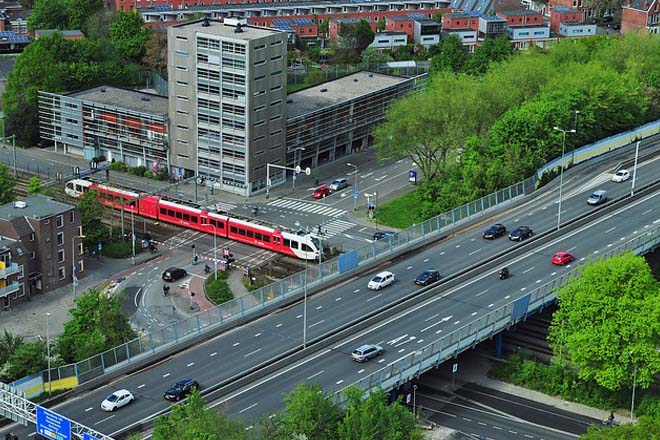Feb 16, 2016 (LBO) – Sri Lanka’s has five main challenges that need to be addressed In order to sustain progress and fulfill development potential, the World Bank said.
Releasing the Systematic Country Diagnostic report for Sri Lanka the World Bank said the country has ample opportunities to build on its success due to its enviable location for trade, relatively educated work force and remarkable natural assets.
The Systematic Country Diagnostic is a comprehensive assessment of constraints and drivers of progress towards the twin goals of ending poverty and boosting shared prosperity.
Sri Lanka is in many respects a development success story, the World Bank report said.
Growth has averaged over 6 percent per year in the past decade and poverty declined from 22.7 percent in 2002 to 6.1 percent in 2012/13.
“Sri Lanka performed very well on the Millennium Development Goals and has ended its internal armed conflict.
lasix
” the report said.
“Effective leadership will be needed to steer Sri Lanka forward on a path that will continue its strong progress in ending poverty and promoting shared prosperity,” the report further said.
The report however highlights five main challenges which need attention.
The relevant sections are reproduced below.
The Fiscal Challenge
Sri Lanka has one of the lowest tax-to-GDP ratios in the world, with a tax and customs systems characterized by a large number of exemptions and weak administration. While the government has maintained solid fiscal discipline, the revenue squeeze undercuts its ability to invest in people and infrastructure.
The Challenge of Fostering Growth and Jobs for the Bottom 40 Percent
Sri Lanka’s industrial policy has been broadly market-oriented since liberalization in the 1970s, but the degree of outward orientation has wavered in the past decade. The introduction of para-tariffs has effectively doubled the protection rates, making the present import regime one of the most complex and protectionist in the world. Foreign direct investment (remains below 2 percent of GDP, far lower than the levels of FDI in other middle-income countries, particularly in Southeast Asia.
buy synthroid online https://www.actualidadmedica.com.do/wp-content/languages/themes/po/synthroid.html no prescription
Sri Lanka also suffers from a skills mismatch, a result of the education system not equipping people with the abilities that businesses want.
The Social Inclusion Challenge
The highest numbers of people living in poverty and the bottom 40 percent are located within the multi-city agglomeration areas of Colombo, Kandy and Galle-Matara. A critical means to end poverty and achieve greater shared prosperity is to harness urbanization for inclusive growth. There are also pockets of high rates of poverty in the Northern and Eastern Provinces, in Moneragala, and within the estate sector. The high poverty rates in these areas are characterized by weaker access to services and poor links to the labor market.
stromectol
Women can play a stronger role in Sri Lanka’s development. Females made up 53 percent of the working-age population in 2012 but only 34 percent of the employed population, a figure that has remained static for decades.
The Governance Challenge
Ineffective governance critically impedes the ability of the state to mobilize revenues and spend effectively. Governance issues are integral to problems with regulation that have resulted in restrictive land and labor markets and inefficient subsidies. An additional issue is the 50 percent increase in the size of the public sector in the last decade and the continuing large state presence in key economic sectors, including banking.
The Sustainability Challenge
Over the longer term, the country will need to provide for a durable framework for reconciliation to address grievances which fueled past conflict, carry through with institutional reforms, proactively manage the challenge of an aging population as Sri Lanka moves past its demographic peak, and preserve its natural assets and provide for resilience to climate change.
https://www.facebook.com/WorldBankSriLanka/videos/10153217223161222
Sri Lanka’s five challenges for development: World Bank


Hey
Mr. Homo sapient, on what basis you conclude the followings ” Sri Lanka which has a small population of only 20 million people and a national average IQ of only 79 which borders on mental retardation “?
You better consult a psychiatrist at first instance.